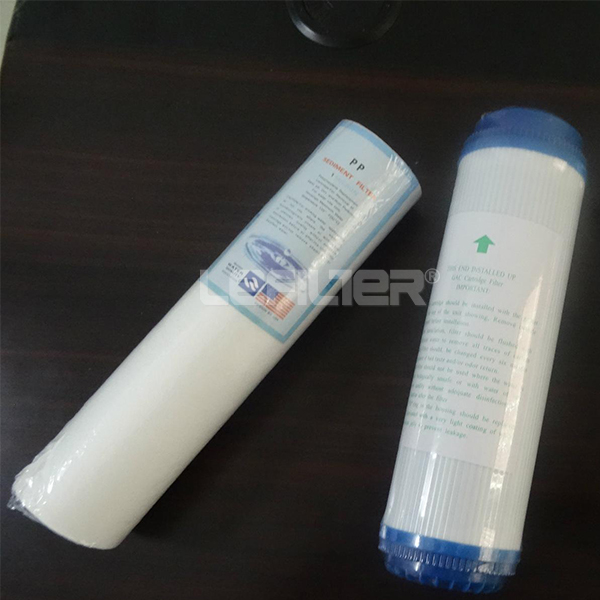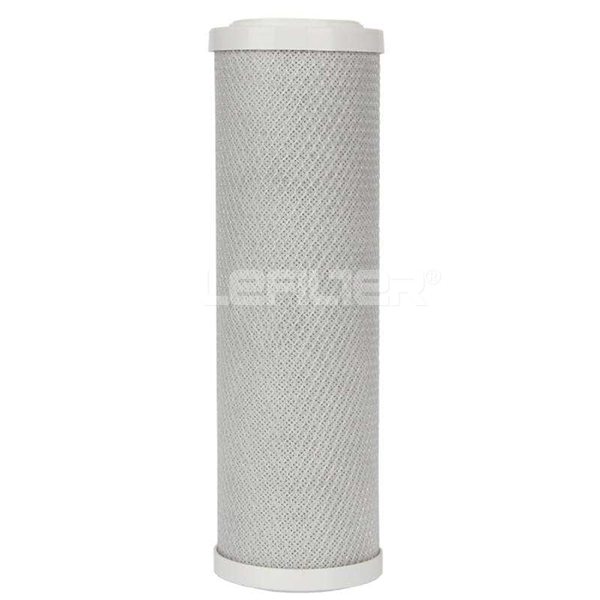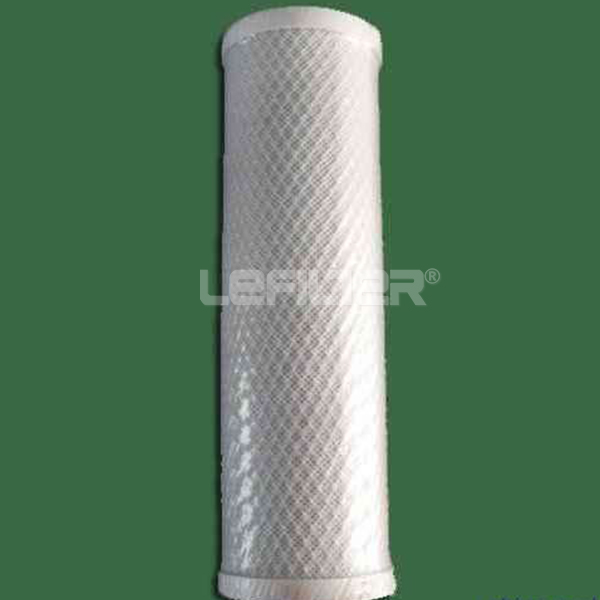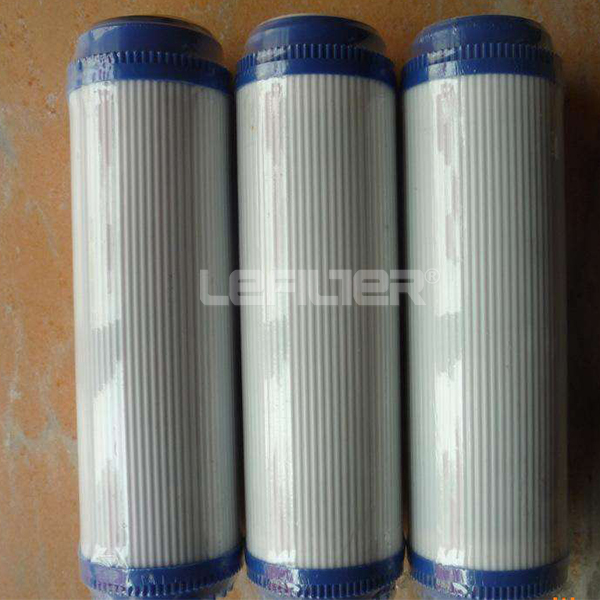
Tertiary treatment: activated carbon filtration
Introduction:Activated carbon Filter makes use of Adsorption to remove certain impurities like Free Chlorine, Odour Removal or Organics etc. Activated carbon, also called activated charcoal, activated coal, or carbo activatus, is a form of carbon processed to be riddled with small, low-volume pores that increase the surface area available for adsorption or chemical reactions.
We're here to help:
Easy ways to get the answers you need.
Product parameter:
Purpose
Adsorption of organic substances, organic micro-pollutants, organochlorine compounds
Removal of PAHs (polycyclic aromatic hydrocarbons)
Principle
A lot of wastewaters contain a high concentration of certain organic micro-pollutants or COD, even after purification. An additional treatment step with activated carbon is often the most economic means to remove these last pollutants. Activated carbon could also be a necessity for the reuse of process water.
Activated carbon is produced from materials such as coconut shells and coal, and adsorbs a broad spectrum of organic pollutants. This is due to the hydrophobic properties and the large internal network of macropores and micropores. After a period of time, the activated carbon is saturated and should be replaced or reactivated. Most of the time this is performed externally, by the supplier, and could be done by heat, steam or chemicals.
Two variants of activated carbon treatment are used during wastewater purification. Powdered activated carbon can be dosed in existing wastewater treatment plants, while carbon filtration with granular activated carbon is used as an additional treatment step.

Applications
Activated carbon can be a solution for different kinds of wastewater treatment problems:
Certain organic pollutants are not or slowly biodegradable and are removed insufficiently during biological wastewater treatment.
Some wastewaters contain toxic organic molecules and are not suitable for biological wastewater treatment or biological nitrogen removal.
After physicochemical wastewater treatment sometimes there is a need to remove certain organic pollutants.
Removal of low concentrations of organics from drinking water, processwater, cooling water, groundwater,…
Please fill in your procurement needs and contact information










